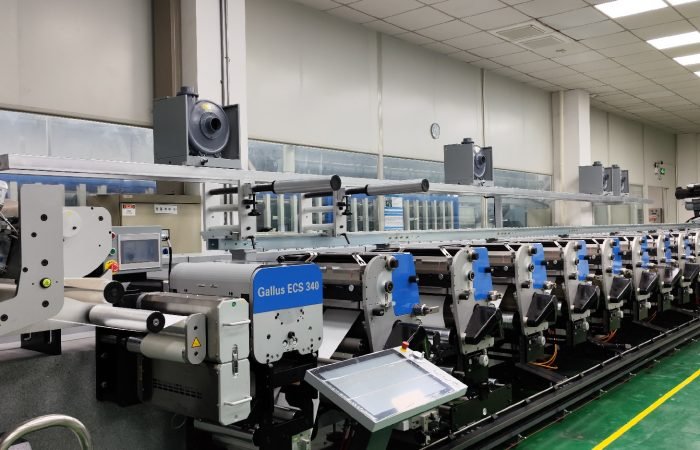The printing industry thrives on speed, precision, and adaptability. As environmental regulations tighten and energy costs climb, printers face mounting pressure to streamline operations without sacrificing quality. Enter UV LED curing systems – a game-changing technology quietly revolutionizing how inks and coatings dry across label, flexographic, offset, and narrow web applications.
Traditional mercury arc UV lamps dominated curing processes for decades, but their operational drawbacks became impossible to ignore. These power-hungry units require lengthy warm-up periods, generate excessive heat, and contain toxic mercury. UV LED alternatives eliminate these pain points while delivering measurable energy savings – a critical advantage for printers navigating volatile energy markets.
Instant-On Efficiency Changes the Game
Unlike legacy systems needing 15-30 minutes to reach optimal temperatures, UV LED curing systems achieve full intensity immediately. This eliminates energy waste from idle warm-up cycles, particularly beneficial for shops running multiple short jobs. The on-demand functionality allows printers to power down units between jobs without performance penalties – impossible with conventional lamps requiring constant operation to maintain readiness.
Precision Wavelength Targeting
Mercury-based UV systems emit broad-spectrum light, wasting energy on nonproductive wavelengths. UV LED units emit narrow-band radiation tuned to specific photoinitiators in modern inks and coatings. This focused energy delivery accelerates curing times while reducing power consumption by up to 70% compared to traditional systems. Printers report faster line speeds and lower electricity bills, particularly in energy-intensive processes like high-opacity white ink curing for label applications.
Thermal Management Breakthroughs
Excess heat generation plagues conventional UV curing, forcing shops to invest in auxiliary cooling systems. UV LED modules produce minimal infrared radiation, slashing thermal output by 80-90%. This thermal efficiency enables tighter registration control in flexographic printing and prevents substrate distortion in thin film applications – a common headache in narrow web packaging production.
Application-Specific Advantages Emerge
Label Printing
Pressure-sensitive label converters benefit from UV LED’s ability to cure thick coatings on heat-sensitive materials without warping. The cool operation preserves adhesive integrity while enabling instant die-cutting or rewinding.
Flexographic Printing
UV LED curing prevents plate distortion from heat buildup, maintaining print consistency across long runs. The technology’s instant-on capability proves invaluable for fast job changeovers in flexible packaging production.
Offset Printing
Sheetfed printers leverage UV LED’s reduced heat to handle delicate stocks and prevent sheet curling. The energy savings prove particularly impactful in facilities running oversized presses with multiple curing units.
Narrow Web Applications
UV LED systems enable reliable curing of temperature-sensitive substrates like shrink sleeves and thin-gauge films. Their compact footprint allows integration into space-constrained converting lines without compromising productivity.
Sustainability Meets Profitability
Beyond direct energy savings, UV LED curing systems reduce environmental impact through mercury elimination and longer component lifespans. With operational lifetimes exceeding 20,000 hours – nearly double traditional lamps – the technology minimizes maintenance downtime and consumable waste. Early adopters report achieving ROI within 18-24 months through combined energy savings and productivity gains.
The transition requires careful planning. Printers must evaluate existing ink chemistries, assess press configurations, and potentially upgrade power supplies. However, modern UV LED systems offer backward compatibility with many conventional formulations, easing the migration path.
As global markets demand greener printing solutions, UV LED curing positions forward-thinking shops to meet sustainability targets while strengthening their bottom line. The technology’s evolving capabilities continue to expand its reach across specialty applications – from food-safe packaging to industrial-grade durable labels.
Print facilities still relying on antiquated curing methods face a clear choice: continue pouring resources into inefficient systems or embrace a technology that slashes energy costs while unlocking new production capabilities. The market has spoken – UV LED curing isn’t just an alternative anymore, but rather the new industry standard for competitive commercial printing operations.












